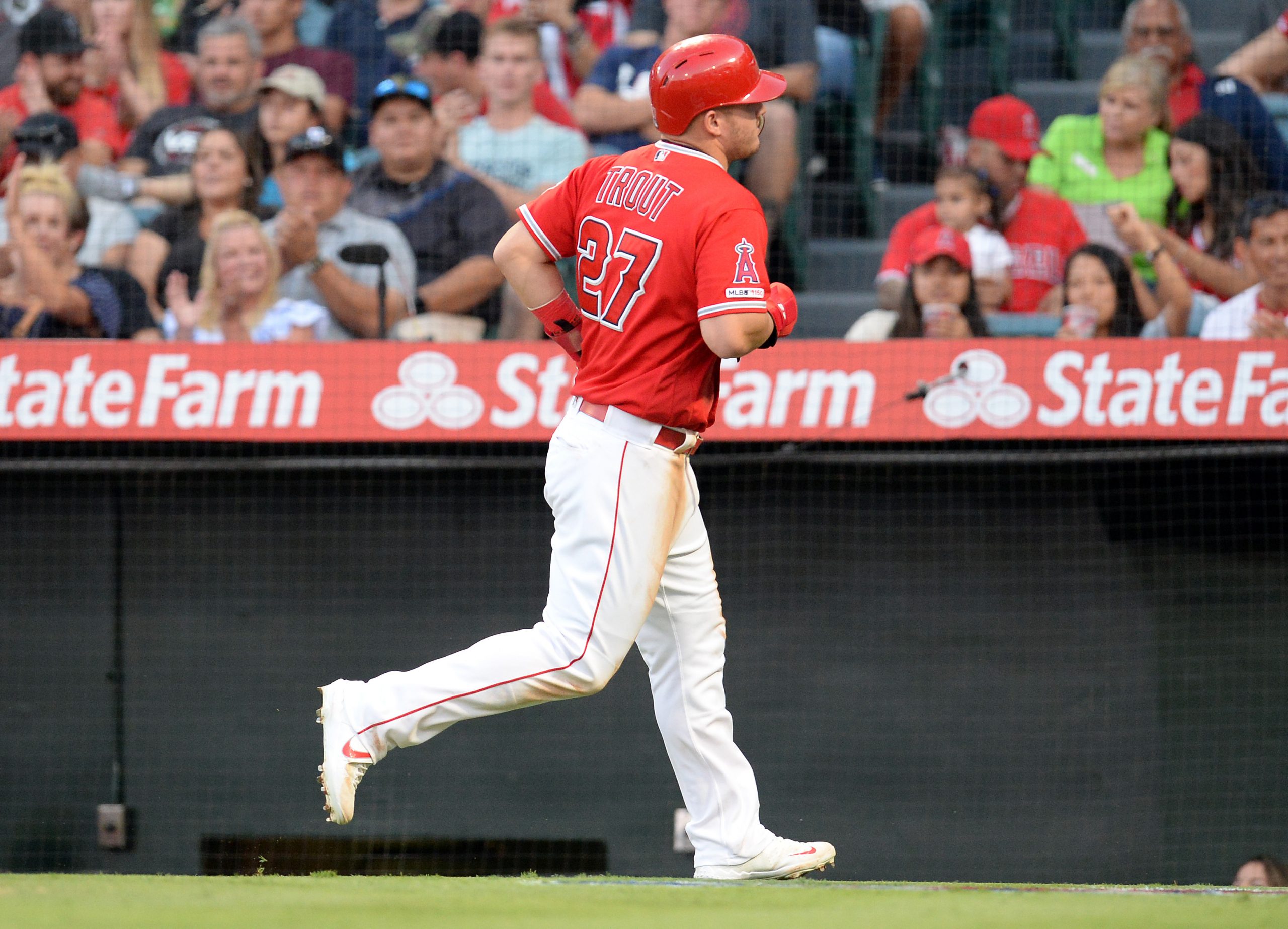July’s Five Best Starting Pitchers
It seems like pitchers are always evaluated by the same traditional metrics, such as win-loss record, ERA, WHIP, strikeouts per nine innings, and walks allowed per nine innings. This is why we go against the grain and evaluate pitcher performance by SIERA.
SIERA attempts to measure the underlying skill of a hurler, but unlike FIP and xFIP, it doesn’t ignore balls put in play, and also attempts to give a more accurate picture as to why certain pitchers are better than others. A good SIERA is just like a good ERA — the lower the better.
Here’s the group that distinguished themselves on the bump this month.

Justin Verlander just seems to be a machine. He’s allowing a career-worst 1.66 homers per nine innings, but his 2.72 ERA is still in line with last year’s mark (2.52). He’s also found a way to limit the opposition in other respects, like elevating his strand rate (85.3% in ’18 to 90.0% so far in ’19) and lowering his WHIP (0.90 in ’18 to 0.81 so far in ’19).
The Cleveland Indians had to wait a while for Mike Clevinger to get healthy, but they’re now reaping the benefits. Thus far, he’s sustained a huge increase in strikeout rate (25.6% in ’18 to 37.5% in ’19) to go along with an equally impressive increase in swinging-strike rate (12.0% to 16.2%). His four-seam fastball has seen the greatest uptick when breaking down his specific pitches, too — after striking out hitters at a 21.7% clip with it in ’18, it’s all the way up to 45.7% this year.
With both Verlander and Gerrit Cole on this list, you can see why people’s jaws have dropped over the Houston Astros adding Zack Greinke to the rotation. Cole has certainly showed he’s worth a long-term commitment when he becomes a free agent this winter. After experiencing a huge uptick in strikeouts himself last year, he’s gotten even better in 2019 (34.5% to 37.3%) while also limiting the walks (8.0% to 6.5%). His hard-hit rate allowed has increased about four percentage points, but his ground-ball rate is back up at 40.0%. That’s a more common spot for it to live than last year’s number, which was a career-low 36.0%.
Matthew Boyd didn’t get traded, but it wasn’t for a lack of effort on his part. Although opposing teams didn’t meet the Detroit Tigers’ asking price, they surely looked past the 4.70 July ERA. He’s already set a career high with 3.6 fWAR on the season, and his strikeout rate is trending 10 percentage points higher than 2018. For the second straight year, his slider usage is up over 30.0%, and his current 37.1% usage is on track to be a new career-high mark. Opposing hitters have posted a 41.4% strikeout rate and 34 wRC+ against that offering.
Stephen Strasburg has been part of a huge resurgence for the Washington Nationals, who went from being major disappointments to trade-deadline buyers in a hurry. In a year when there are plenty of homers, the right-hander has actually decreased his homers allowed per nine innings rate from last season (1.25 to 0.83). He’s accomplished this by controlling quality of contact (20.4% soft-hit rate and 27.4% hard-hit rate) along with significantly increasing his ground-ball rate (43.6% to 50.9%) and decreasing his fly-ball rate (34.1% to 29.5%).
About Matt Musico
Matt Musico currently manages Chin Music Baseball and contributes to The Sports Daily. His past work has been featured at numberFire, Yahoo! Sports and Bleacher Report. He’s also written a book and created an online class about how to get started as a sports blogger. Check those out and more helpful tips on sports blogging at his website.
Add The Sports Daily to your Google News Feed!
